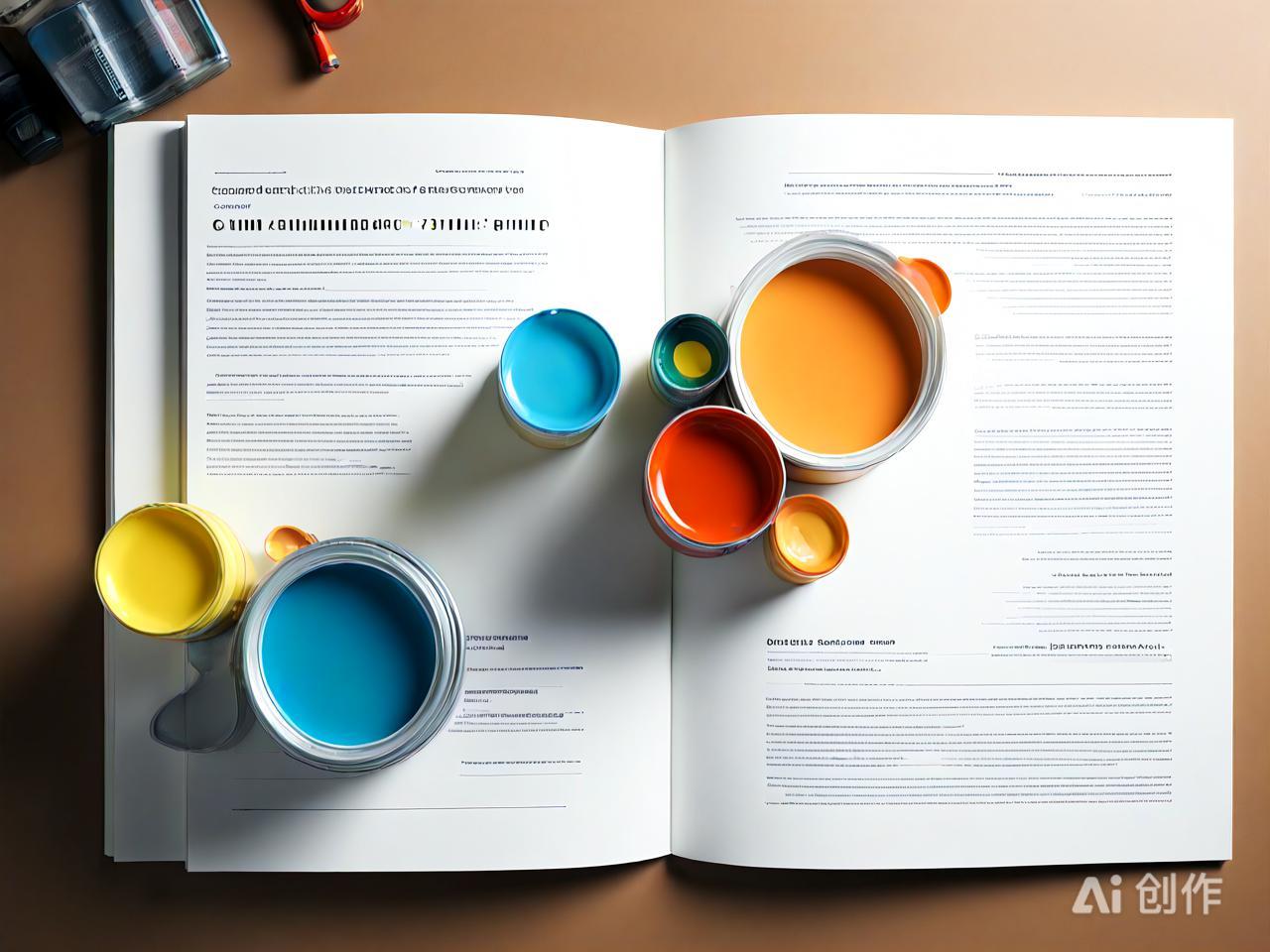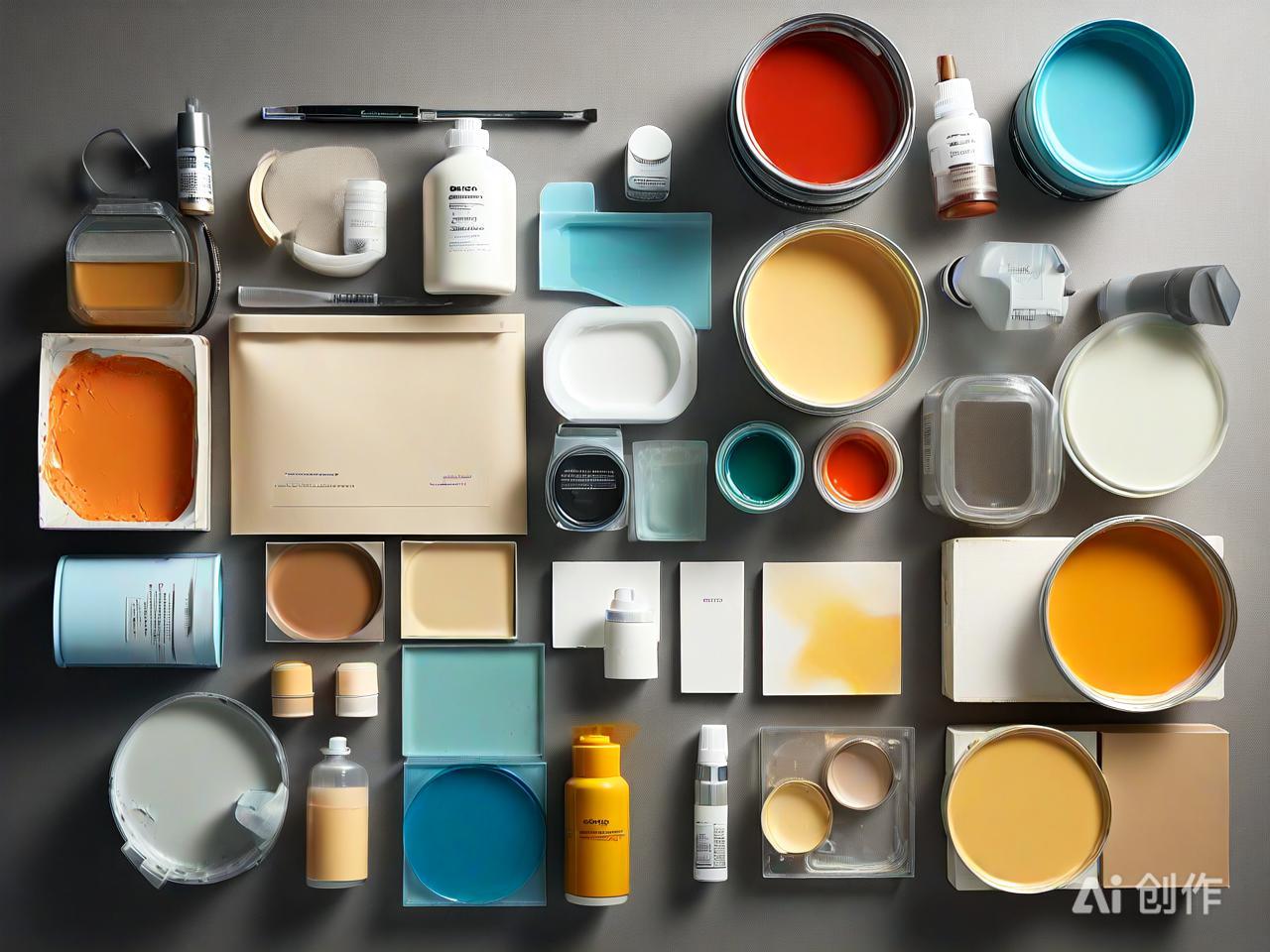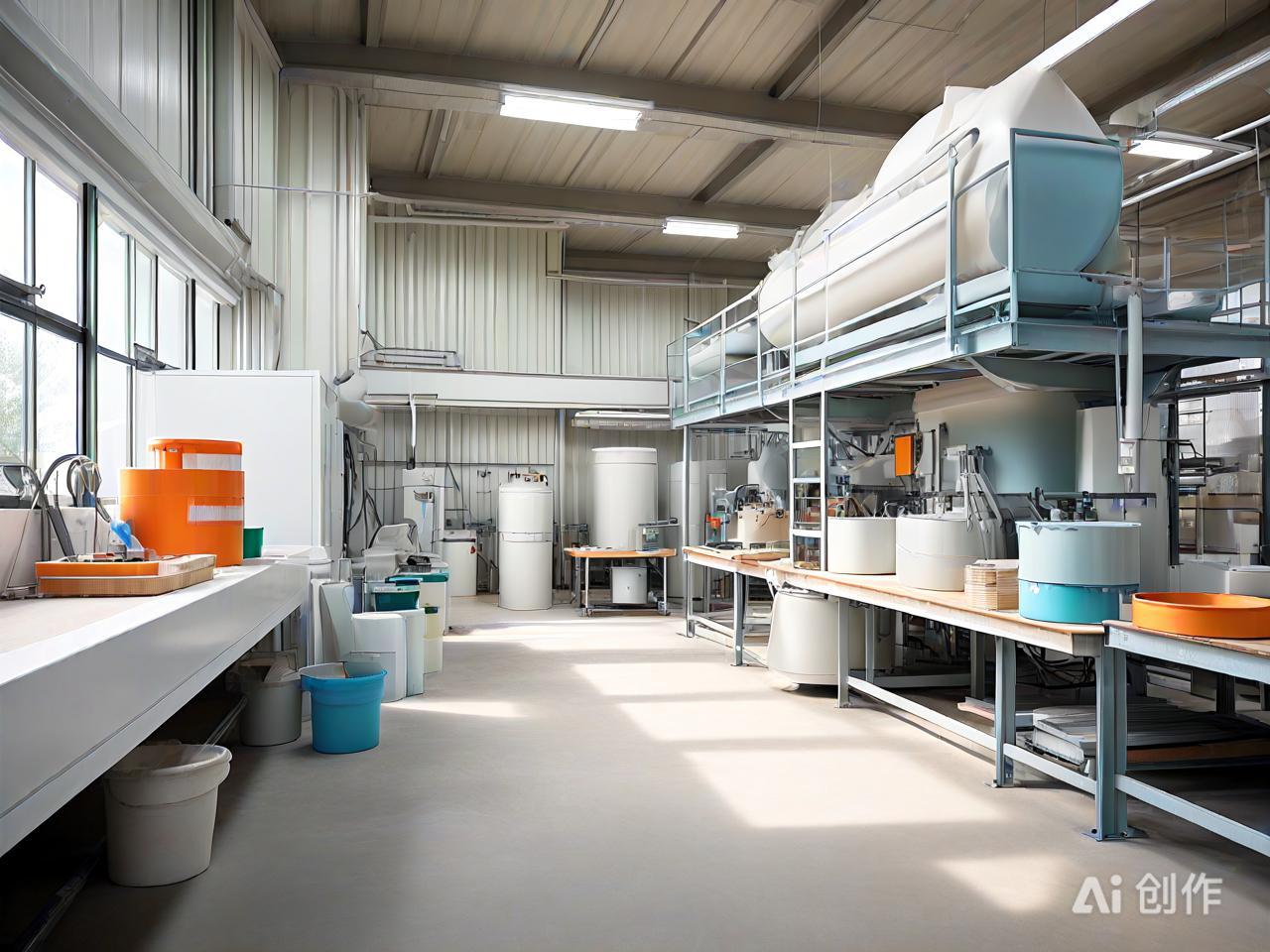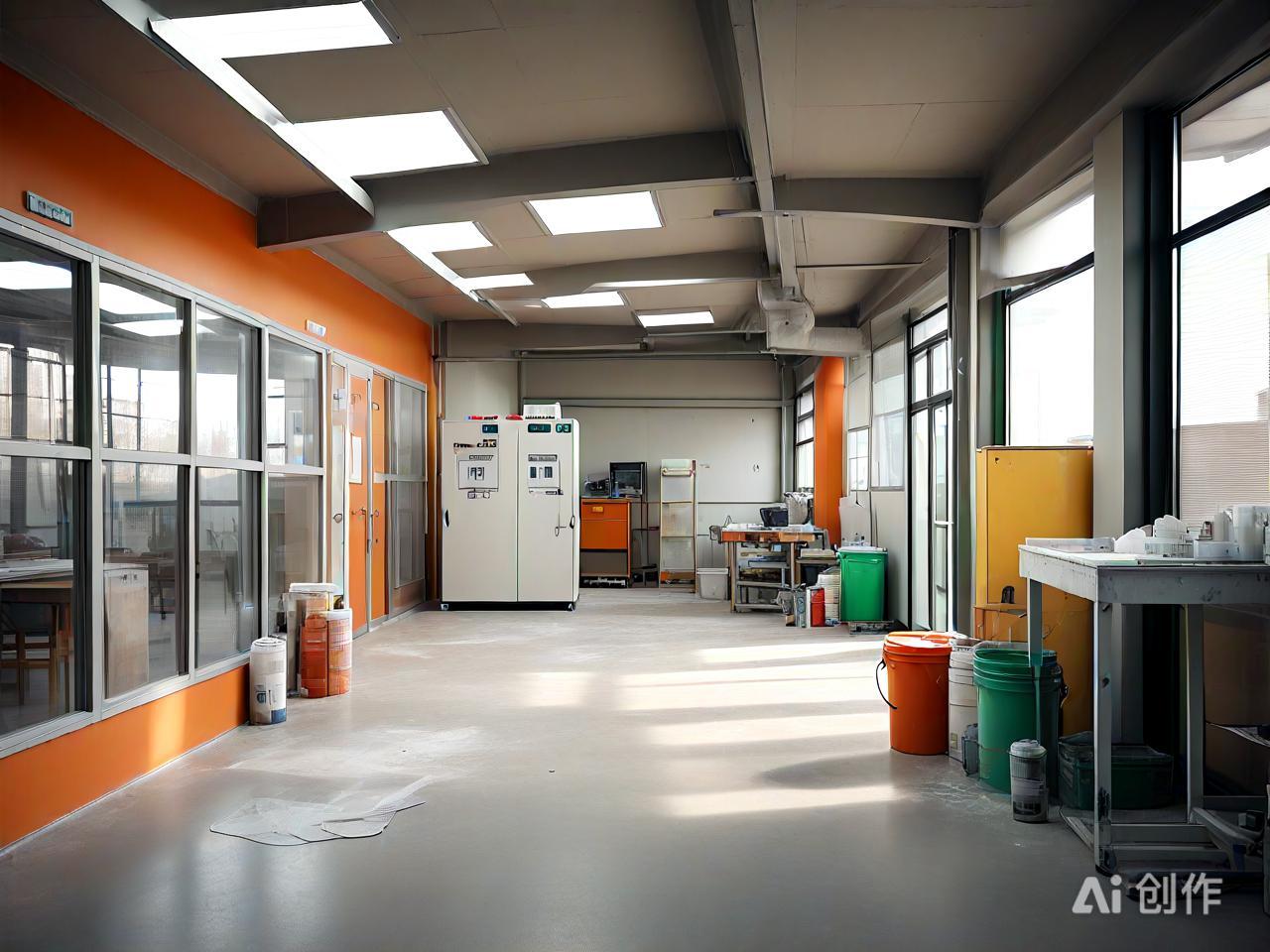Formulation and Manufacturing Process of Water-Based Polyurethane Coatings
Water-based polyurethane (WPU) coatings are gaining popularity due to their eco-friendliness, low VOC content, and excellent performance. Understanding the formulation and manufacturing process of these coatings is essential for producing high-quality products. This article provides an in-depth look at the key components and steps involved in formulating and manufacturing water-based polyurethane coatings.
1. Key Components of Water-Based Polyurethane Coatings
The formulation of water-based polyurethane coatings involves several key components, each contributing to the final properties of the coating.
Polyols:
Function: Serve as the backbone of the polyurethane polymer, providing flexibility and mechanical properties.
Types: Polyester polyols, polyether polyols, and polycarbonate polyols.
Isocyanates:
Function: React with polyols to form the polyurethane polymer.
Types: Aliphatic isocyanates (e.g., HDI, IPDI) for UV stability and aromatic isocyanates (e.g., TDI, MDI) for cost-effectiveness.
Chain Extenders:
Function: Increase the molecular weight and improve the mechanical properties of the polyurethane.
Types: Diamines (e.g., ethylene diamine) and diols (e.g., 1,4-butanediol).
Emulsifiers:
Function: Stabilize the polyurethane dispersion in water.
Types: Nonionic surfactants, anionic surfactants, and reactive emulsifiers.
Additives:
Function: Enhance specific properties such as UV resistance, flow, and leveling.
Types: Defoamers, thickeners, wetting agents, and UV stabilizers.
Water:
Function: Acts as the primary solvent, making the coating eco-friendly and easy to apply.
2. Formulation Process
The formulation of water-based polyurethane coatings involves several steps to ensure a stable and high-performance product.
Step 1: Prepolymer Formation
Process: React polyols with isocyanates to form a prepolymer with terminal isocyanate groups.
Conditions: Controlled temperature and stirring to prevent premature gelation.
Step 2: Neutralization
Process: Neutralize the prepolymer with a neutralizing agent (e.g., tertiary amines) to improve water dispersibility.
Conditions: Maintain pH within the optimal range for stability.
Step 3: Dispersion in Water
Process: Disperse the neutralized prepolymer in water under high shear mixing to form a stable emulsion.
Conditions: Controlled temperature and agitation to achieve uniform particle size.
Step 4: Chain Extension
Process: Add chain extenders to the dispersion to increase molecular weight and improve mechanical properties.
Conditions: Maintain controlled temperature and mixing to ensure complete reaction.
Step 5: Additives Incorporation
Process: Incorporate additives such as defoamers, thickeners, and UV stabilizers to enhance specific properties.
Conditions: Gentle mixing to avoid introducing air bubbles.
Step 6: Filtration and Packaging
Process: Filter the final product to remove any impurities and package it in suitable containers.
Conditions: Ensure cleanliness and avoid contamination during packaging.
3. Manufacturing Process
The manufacturing process of water-based polyurethane coatings involves several stages to ensure consistent quality and performance.
Stage 1: Raw Material Preparation
Process: Weigh and prepare raw materials according to the formulation.
Conditions: Ensure accuracy and avoid contamination.
Stage 2: Prepolymer Synthesis
Process: React polyols with isocyanates in a reactor under controlled conditions.
Conditions: Maintain temperature and stirring to achieve uniform reaction.
Stage 3: Neutralization and Dispersion
Process: Neutralize the prepolymer and disperse it in water using high shear mixing.
Conditions: Control pH and particle size for stability.
Stage 4: Chain Extension and Additives Incorporation
Process: Add chain extenders and incorporate additives to enhance properties.
Conditions: Maintain controlled temperature and mixing.
Stage 5: Quality Control
Process: Test the final product for properties such as viscosity, pH, and particle size.
Conditions: Follow standard testing procedures to ensure quality.
Stage 6: Packaging and Storage
Process: Filter and package the final product in suitable containers.
Conditions: Store in a cool, dry place to maintain stability.
4. Quality Control and Testing
Ensuring the quality of water-based polyurethane coatings involves rigorous testing and quality control measures.
Viscosity:
Method: Use a viscometer to measure the viscosity of the coating.
Standard: ASTM D2196 (Standard Test Methods for Rheological Properties of Non-Newtonian Materials).
pH:
Method: Use a pH meter to measure the pH of the coating.
Standard: ASTM E70 (Standard Test Method for pH of Aqueous Solutions with the Glass Electrode).
Particle Size:
Method: Use a particle size analyzer to measure the particle size distribution.
Standard: ISO 13320 (Particle size analysis – Laser diffraction methods).
Mechanical Properties:
Method: Test for properties such as tensile strength, elongation, and hardness.
Standard: ASTM D638 (Standard Test Method for Tensile Properties of Plastics).
Adhesion:
Method: Perform adhesion tests using methods such as cross-cut testing or pull-off testing.
Standard: ASTM D3359 (Standard Test Methods for Rating Adhesion by Tape Test).
Conclusion
The formulation and manufacturing process of water-based polyurethane coatings involve several critical steps to ensure a stable, high-performance product. By understanding the key components and following rigorous quality control measures, manufacturers can produce eco-friendly coatings that meet the demands of various applications. Water-based polyurethane coatings offer a sustainable and effective solution for protecting surfaces while minimizing environmental impact.








